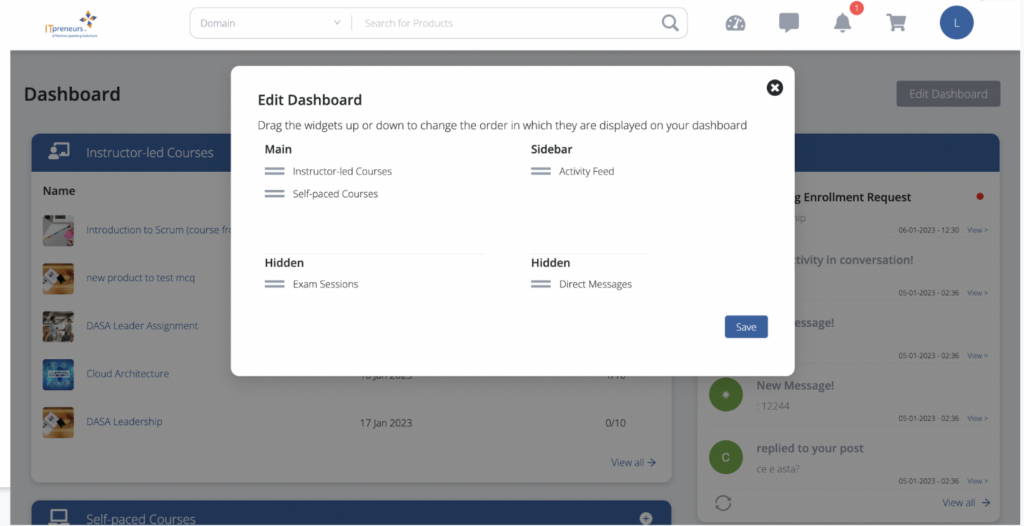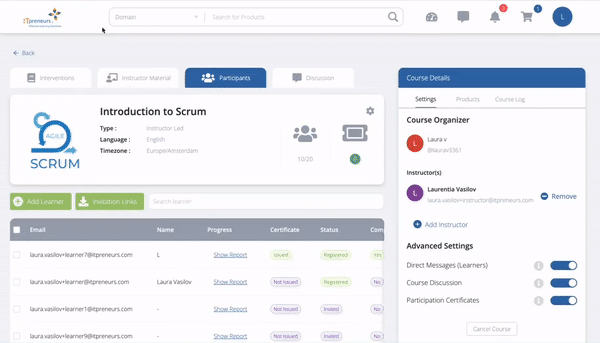In the context of the ITIL continual improvement model, Toyota Kata helps to answer the following questions:
- Step 1: What is the vision?
- Step 2: Where are we now?
- Step 3: Where do we want to be?
- Step 4: How do we get there?
Digitally enabled organizations are always under particular pressure to improve their performance continually under changeable market conditions. Circumstances are often unpredictable. It makes it difficult or even irresponsible to create and follow predetermined plans for large changes. Improvements happen step-by-step based on sound interpretation of available information.
Changing circumstances require organizations to be flexible and creative in the way they define ways to improve. At the same time, improvement initiatives should be disciplined, data-driven, and justified. It requires:
- Belief in scientific thinking
- Disciplined execution
- Practice to unlearn old habits, and learn and sustain new ones
- Confidence and competence for improvement when appropriate
Disciplined scientific thinking with incremental improvements reduces our natural bias to jump to the wrong conclusions. Practice and coaching help us form and sustain new habits, after which we can start improvising. One approach to scientific experimentation is Toyota Kata.
Benefits of Adopting Toyota Kata
- Toyota Kata helps justify the confidence to pursue seemingly unattainable goals in complex systems and helps teams that make their own decisions and maneuver effectively.
- It demonstrates a commitment to higher performance and helps deal with uncertainty by taking a step-by-step approach. Its emphasis on observation, discovery, and improvement correlates strongly with improving by being inquisitive.
The Steps
The improvement kata consists of four steps, as listed in the following figure.
Continual Improvement Technique – Toyota Kata
- Understand the direction: Aim the improvement aim at specific goals, not just random.
- Grasp the current condition: Make the direction useful by knowing where we are right now.
- Establish the next target condition and identify obstacles: Describe both the outcome we desire next and the expected condition of the process to generate that outcome.
- Experiment towards the next target condition: Come up with ideas to overcome an obstacle and run experiments with that idea. If possible, test only one hypothesis at a time.
Based upon AXELOS ITIL® materials. Material is used under license from AXELOS Limited. All rights reserved.
About the author

As an IT Service Management trainer, consultant and line manager with over 25 years of experience in IT, Marcel has performed strategic and tactical assignments in a wide variety of areas. For the ITIL 4 update, Marcel has been part of the ITIL 4 Lead Architect Team and Review Team at AXELOS. Through his association with AXELOS, Marcel comprehends the background, the architecture, and the underlying reasons of the ITIL 4 update.
Related Courseware
Sorry, we couldn't find any posts. Please try a different search.





